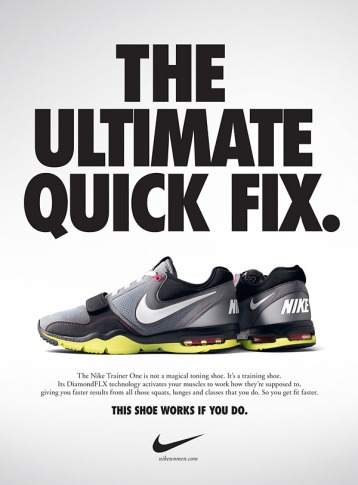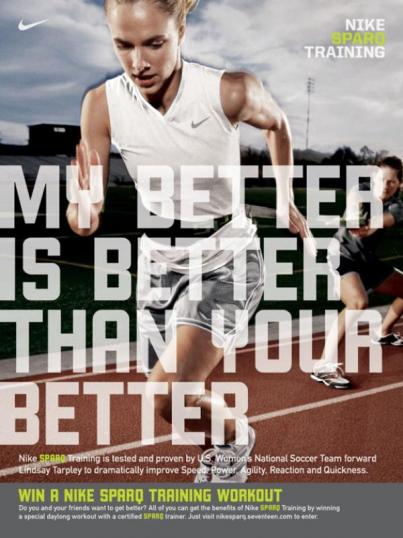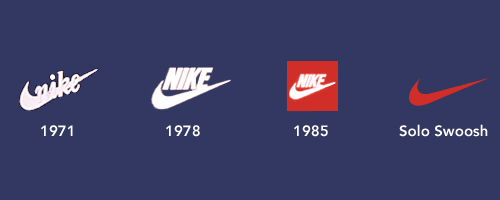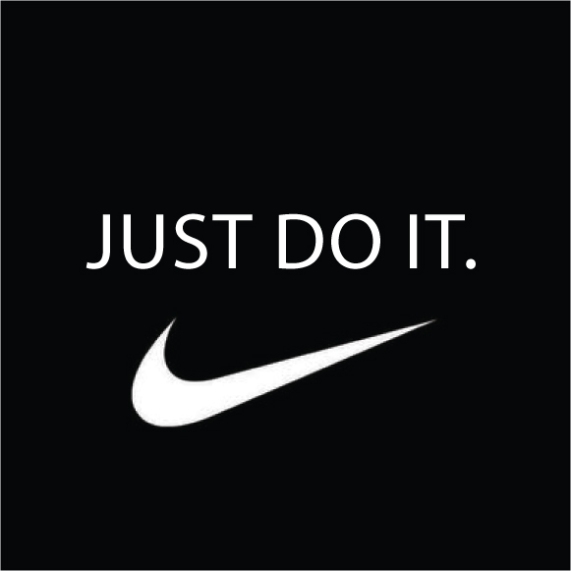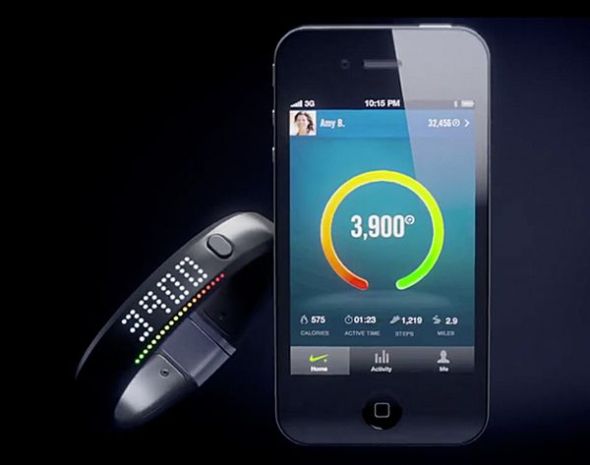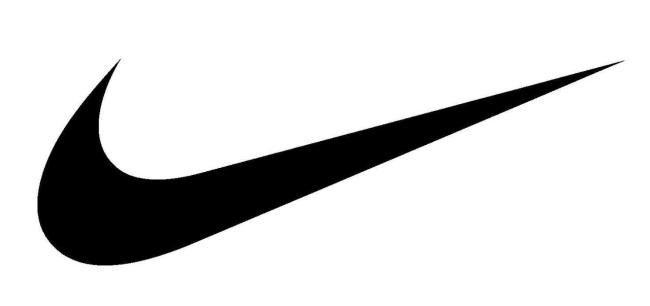
Photo Courtesy Of: http://images.freshnessmag.com/wp-content/uploads/2010/04/nike-football-concept-write-the-future-1.jpg
Small business owners look into the future to see what they can do to turn their startup company into the next Facebook. Small startups might have big ideas like upgrading to a bigger office or hiring more employees who can take the company further faster. But larger companies though are already there at the brighter future. So it makes me wonder, do larger companies look at the future differently than smaller companies?
I would think so because the company already knows what to do to keep the company successful. But this probably varies from company to company because it depends on what kind of products the company is making. For example, Apple is probably going to have to continue to make innovative products forever to satisfy its consumers, like me. Apple probably has to always think and acts like a startup. But what does a big clothing company like Nike do to keep the brand relevant and successful for the future?
In my personal opinion innovation continues to make Nike a stand out among its competitors and that is what the company is going to need to continue to do. For example, Nike FlyKnit shoes are the lightest shoes out on the market. It personally feels like I am wearing my socks around, but it is innovations like that will continue to keep Nike one step ahead of the competition.
When Nike created the FuelBand, that piece of technology has put the company in a league of its own. Not only is the company making innovative athletic apparel but Nike is also making a name for itself in the technology game. I believe that in Nike’s future, the FuelBand will be more powerful than it is now. I could see the Nike FuelBand becoming something like the Samsung Gear or the rumored Apple iWatch. That kind of continuing pursuit of innovation keeps the big companies like Nike out there on the edge.
Another big thing for Nike is to try and stay away from controversy as much as possible. There was no way that the company could have known that the Boston bombings were going to happen, so the company handled the situation by getting rid of the Boston Massacre t-shirts. But publishing advertisements showing Tiger Woods saying “Winning Takes Care of Anything.” This obviously makes people think, “well you can cheat on your wife but if you win, everything will be fine.” A situation like this is easily avoidable, all the company needs to do is double check the ad before it goes to print and really ask the question, “Is this okay?”
Even though Nike has faced controversy over the years, the company has handled it head on. Over all I feel like Nike has done a great job and will continue to be the best athletic apparel company in the world. It was a great learning experience being able to research and blog about such an iconic company.

